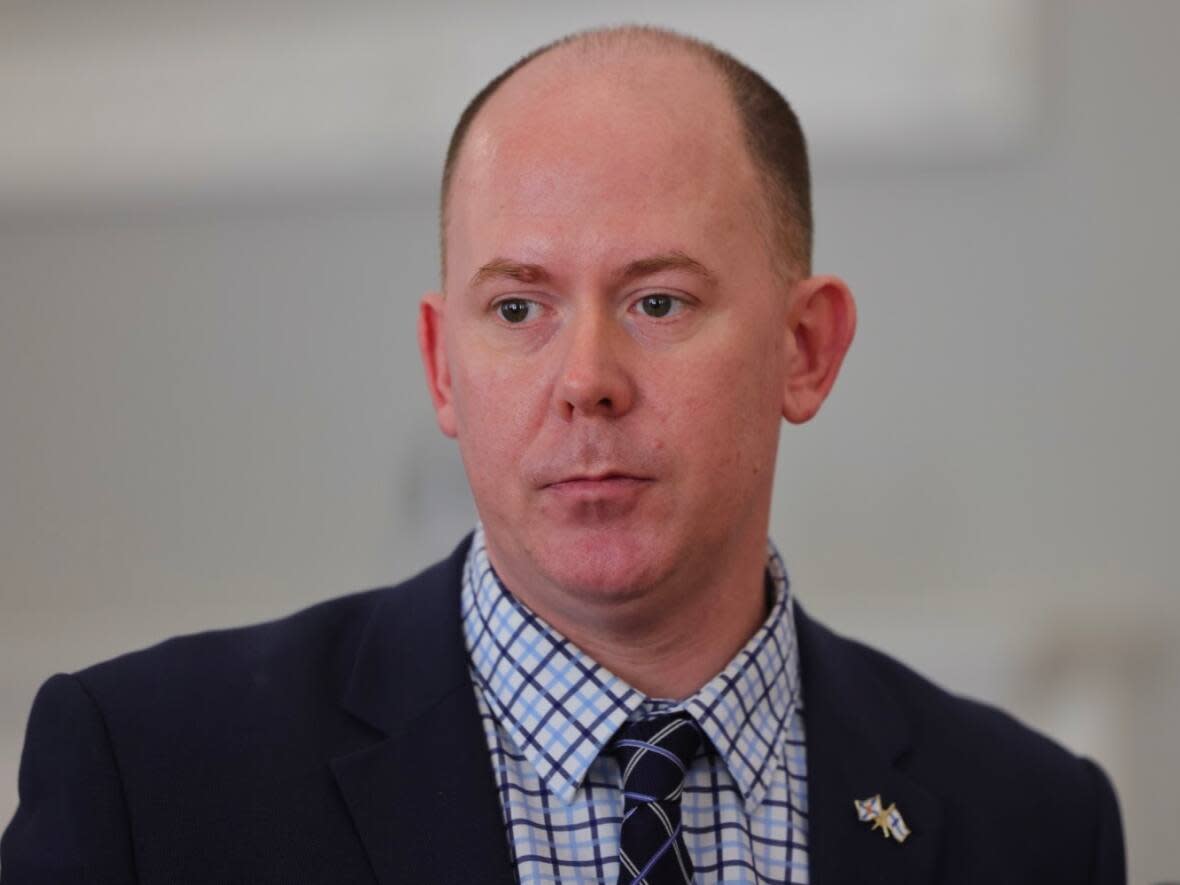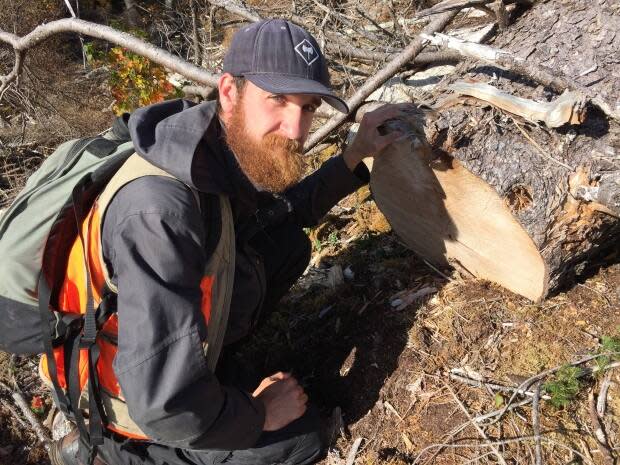N.S. adds 'policy protection' to old-growth forests on Crown land

The Nova Scotia government is taking steps to preserve old-growth forests in the province, although at least one sustainability advocate would like to see the effort come with more teeth.
Natural Resources and Renewables Minister Tory Rushton announced Thursday that an updated version of the province's old-growth forest policy is effective immediately. Rather than adding legal protection to all old-growth forest on Crown land that isn't already part of a protected area, what the government is doing is extending "policy protection" to those lands in question.
"There's no new announcements today on different forests or new forests that are going to be added to [the protected areas] list," Rushton said in an interview.
The policy protection means that land will eventually be counted toward the conservation area of the so-called triad model that determines where and what type of forestry activity can take place on Crown land. A recommendation of the Lahey Report on Forestry Practices released five years ago, the triad model breaks Crown land into three areas: one for conservation with no forestry activity; one designated for light-touch ecological forestry and one designated for high-intensity forestry.
Triad details coming soon
Rushton said the conservation and high-intensity areas would be announced in the coming weeks, likely before the start of the fall sitting of the legislature.
Industrial forestry is prohibited on land designated as old-growth forest. Changes in the updated policy include allowing the designation to apply to areas with fewer trees than was previously required. Depending on the species of trees, the old-growth forest designation kicks in between 100 and 140 years old. The government is also identifying plots called restoration opportunity areas, which are sites approaching the definition of old growth. Policy protection will apply to those, too.
Mike Lancaster, coordinator of the Healthy Forest Coalition, said the measures would help expand conservation efforts, but he has concerns about the government's use of the word "protection."
"Protection has a legislative definition," he said in an interview. "These are not actual protected areas."

Lancaster said getting legal protection on the remaining old-growth forest in the province is important because there is so little of it and much of it is under threat from the hemlock gray woolly adelgid, an aphid-like insect.
"Old-forest conservation in Nova Scotia is under a really stressed timeline and we're under the gun to ensure that these very few forests receive adequate conservation measures."
On Thursday, federal Environment Minister Steve Guilbeault announced plans for a $10-million fund to help the province conserve old-growth forests and address the hemlock woolly adelgid.
Guilbeault said how that money will be used would be settled in the remaining negotiations between the province and Ottawa, but Rushton said he's hoping at least some of it can go toward buying old-growth forest from private landowners.
Old-growth forest areas expected to increase
Rushton said giving legal protection to old-growth forests outside designated areas is part of "conversations that still have to take place" within his department and with the province's Environment and Climate Change Department.
The province estimates the measures announced Thursday will provide policy protection to 32,000 hectares of land. Rushton expects that number to grow as more Crown land is reviewed.
MORE TOP STORIES

 Yahoo Movies
Yahoo Movies 
